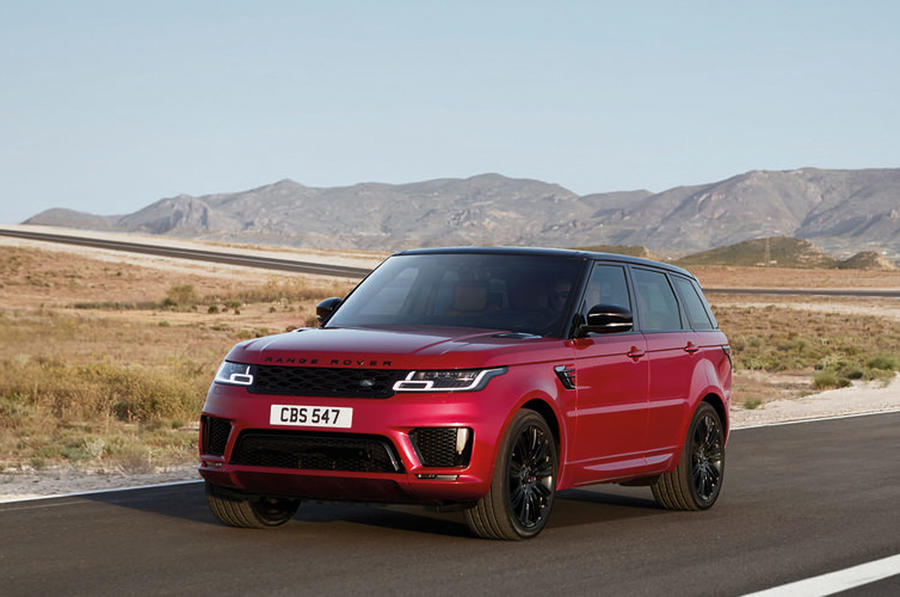Fifth-generation Range Rover launch means a factory refit is imminent
A 35% shortfall in China last year and poor reliability ratings across the board mean the company has a lot of ground to regain
JLR’s running annual results in February were hardly great news (the company lost £273m in the quarter before tax, compared with a profit of £192m over the same period a year earlier), but it was the wider accounting moves that were a real shock.
The £3.1bn writedown rocked the industry. Reportedly, half of this sum was the company recognising that the value of its plant and investments were lower than expected. The other half was the recognition that its future earnings are likely to suffer a permanent set-back.
It’s a complex area, but much of the financial shortfall is expected in China, and it’s not simply because Jaguar and Land Rover sales there collapsed by around 35% last year, with 22% of that accounted for by Land Rover.
JLR admitted in its own presentation to investors that its Chinese dealer network is heavily biased – perhaps by as much as 80% – towards what the Chinese call ‘Second and Third-Tier’ cities, rather than the megacities of Shanghai and Beijing. Many of these dealers are relatively new enterprises which lack appropriate experience in marketing and sales.

Most worrying, however, are reports by Automotive News Europe (ANE) from Chinese journalists about the reliability of JLR products. Reports claim there have been regular demonstrations by unhappy owners outside JLR’s Shanghai HQ.
It seems JLR cars remain below average for quality and reliability, according to independent surveys. Indeed, the ANE dispatch claimed that JLR had to recall 70% of all the cars it sold in China in 2017 for repairs.
You can see why JLR would hack back its hopes for the huge Chinese market, when it has such a big job to do on quality, on the dealership network and winning back the trust of premium car buyers.
But one of the shorter-term challenges for JLR is borrowing around $1bn before summer next year. The company is thought to be spending heavily as it prepares to roll out the new MLA platform (see main story). Not only is this architecture completely new and fitted with thousands of newly-designed components, but its installation also requires huge investment in new production equipment.
Although JLR’s factory in Slovakia is pretty much complete, Solihull will need to be re-fitted soon for the roll- out of the Mk5 Range Rover in 2021, followed by the new Jaguar J-Pace and Range Rover Sport. Indeed, JLR is expected soon to detail its plans for building electric motors and battery packs in the UK for the new MLA architecture, and that will be a huge cash burn. The next 18 to 24 months will be a truly testing time for JLR.
Jaguar Land Rover posts £3.4 billion loss in final quarter of 2018
Jaguar Land Rover’s Chinese arm invests £800m in EV production
Source: Autocar
